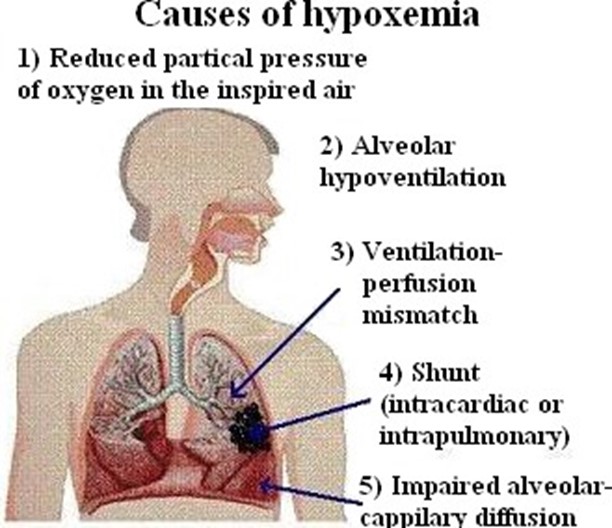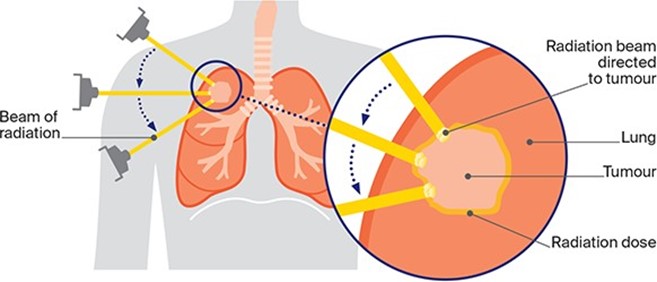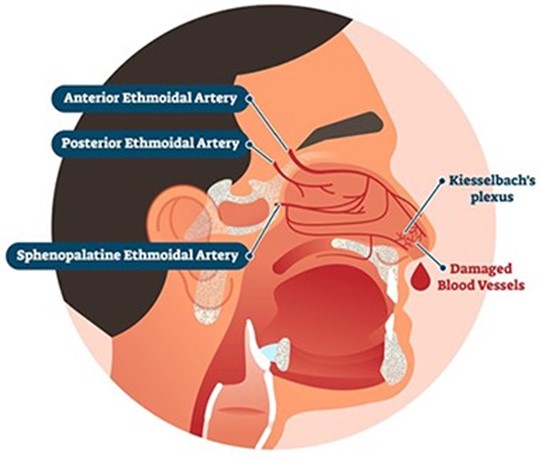A nurse is assessing a client for hypoxemia during an asthma attack. Which of the following manifestations should the nurse expect?
Nausea
Dysphagia
Agitation
Hypotension
The Correct Answer is C
Agitation is a sign of hypoxemia, as the brain is deprived of oxygen and becomes irritable and restless.
The other options are not correct because:
- Nausea is not a specific manifestation of hypoxemia, as it can have many other causes such as medication side effects, gastrointestinal disorders, or anxiety.
- Dysphagia is difficulty swallowing, which is not related to hypoxemia or asthma. It can be caused by neurological, muscular, or structural problems in the throat or esophagus.
- Hypotension is low blood pressure, which is not a typical manifestation of hypoxemia or asthma. It can be caused by dehydration, blood loss, shock, or heart failure.

Nursing Test Bank
Naxlex Comprehensive Predictor Exams
Related Questions
Correct Answer is A
Explanation
Radiation therapy can cause immunosuppression, which increases the risk of infection. The nurse should monitor the client for signs of infection such as fever, chills, malaise, or purulent drainage.
- Examine the skin for generalized urticaria. This is not a common side effect of radiation therapy, as urticaria is an allergic reaction that causes hives or welts on the skin. Radiation therapy can cause localized skin irritation, erythema, or dryness, but not generalized urticaria.
- Review laboratory test results for low hemoglobin. This is not a direct effect of radiation therapy, as hemoglobin is a component of red blood cells that carries oxygen in the blood. Radiation therapy can cause anemia, which is a low number of red blood cells, but not necessarily low hemoglobin.
- Monitor the mouth for signs of xerostomia. This is not relevant for a client who receives radiation therapy to treat lung cancer, as xerostomia is dry mouth caused by reduced salivary gland function. This can occur in clients who receive radiation therapy to treat head and neck cancer, but not lung cancer.

Correct Answer is ["B","C","E"]
Explanation
These actions help to control bleeding, reduce blood pressure, and promote clotting.
a. Tilt the client's head backward. This is not recommended, as it can cause blood to drain into the throat and increase the risk of aspiration, nausea, or vomiting.
d. Instruct the client to blow his nose. This is not advisable, as it can dislodge any clots that have formed and worsen bleeding.

Whether you are a student looking to ace your exams or a practicing nurse seeking to enhance your expertise , our nursing education contents will empower you with the confidence and competence to make a difference in the lives of patients and become a respected leader in the healthcare field.
Visit Naxlex, invest in your future and unlock endless possibilities with our unparalleled nursing education contents today
Report Wrong Answer on the Current Question
Do you disagree with the answer? If yes, what is your expected answer? Explain.
Kindly be descriptive with the issue you are facing.
